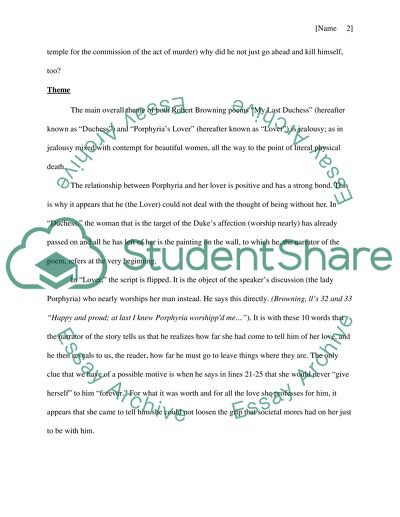Cite this document
(“To Be Determined Essay Example | Topics and Well Written Essays - 1500 words”, n.d.)
To Be Determined Essay Example | Topics and Well Written Essays - 1500 words. Retrieved from https://studentshare.org/miscellaneous/1554630-to-be-determined
To Be Determined Essay Example | Topics and Well Written Essays - 1500 words. Retrieved from https://studentshare.org/miscellaneous/1554630-to-be-determined
(To Be Determined Essay Example | Topics and Well Written Essays - 1500 Words)
To Be Determined Essay Example | Topics and Well Written Essays - 1500 Words. https://studentshare.org/miscellaneous/1554630-to-be-determined.
To Be Determined Essay Example | Topics and Well Written Essays - 1500 Words. https://studentshare.org/miscellaneous/1554630-to-be-determined.
“To Be Determined Essay Example | Topics and Well Written Essays - 1500 Words”, n.d. https://studentshare.org/miscellaneous/1554630-to-be-determined.


